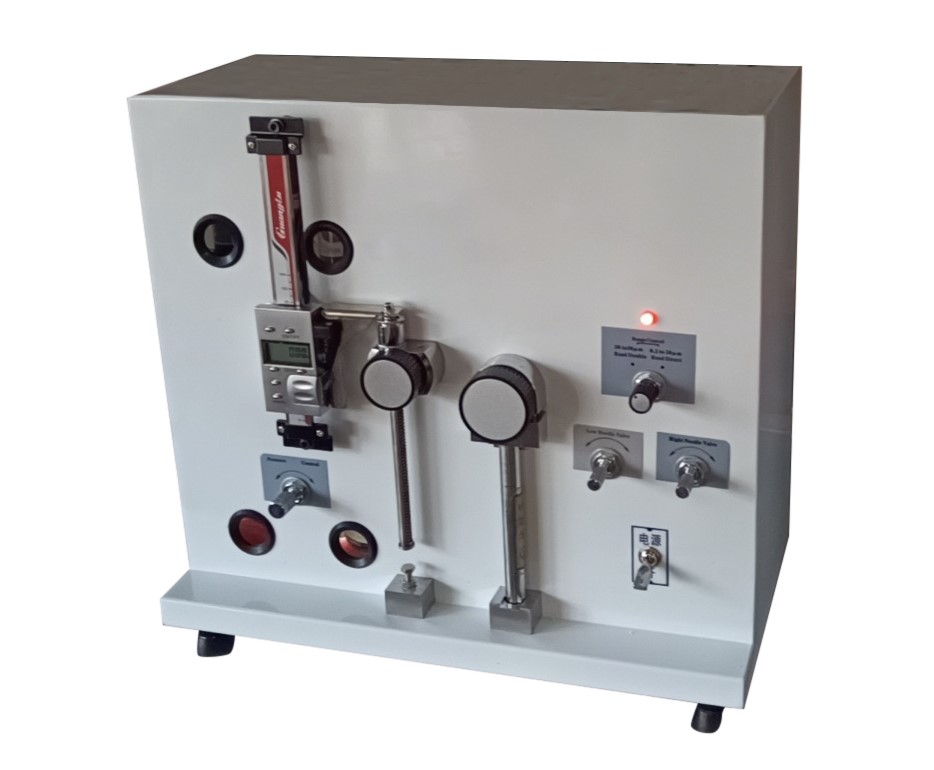
In terms of measurement result, there is no comparability between the fisher sub sieve sizer and laser particle size analyzer. Because the principle of measurement is different. But in terms of the measurement of equicircular particles, both of the instrument can get satisfying test result.
A laser particle size analyzer (LPSA) has lower repeatability than a Fisher sub sieve sizer (FSSS) and is more affected by external conditions. Additionally, a LPSA can't measure powders that are difficult to disperse, like magnetic materials. A FSSS measures average particle size, and doesn't require sample separation, even for magnetic materials.
Regarding the measuring range, a Fisher sub sieve sizer (FSSS) typically measures particle sizes between 0.2-50 microns, while a laser diffraction particle size analyzer (LDPSA) can measure particles between 0.03-1000 microns. However, the FSSS measures average particle size, while the LDPSA provides particle size distribution.
The FSSS uses the air permeability fisher method, which is inexpensive and can test hard alloys, magnetic powders, and pharmaceutical powders. The measuring result includes average particle size, specific surface area and porosity, except particle size distribution.
FSSS is widely used in measurement of metallurgy powder, refractory powder and magnetic material, including Molybdenum powder, Tungsten powder, Titanium powder, Nickel powder, Alumina powder, Silica powder, Magnesia powder, Zirconia powder, Chromite powder, Nickel powder, Cobalt powder, Ferrite powder, NdFeB powder, Iron oxide (Fe3O4 or Fe2O3) powder, etc.
Compared with laser particle size analyzer, Fisher Sub-Sieve Sizer have these advantages: